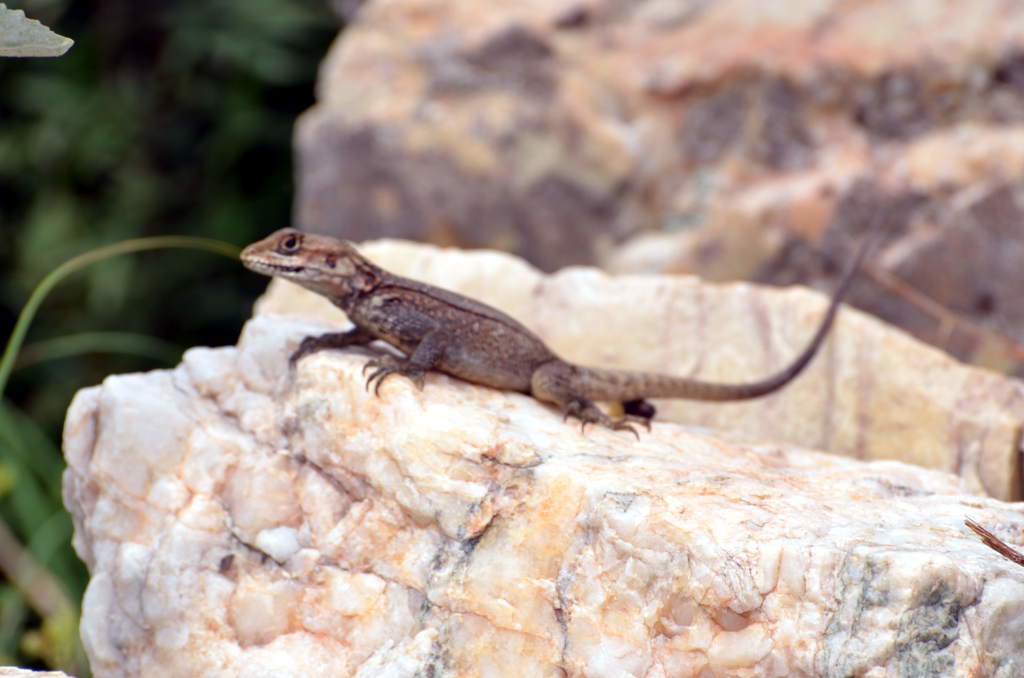
Common wall lizard
Common Lizard (Podarcis muralis)is a small yet remarkable reptile found in the Great Himalayan National Park (GHNP) and its surrounding buffer zones. Though not as famous as snow leopards or Himalayan monals, this agile climber plays an essential role in the park’s delicate mountain ecosystems. In GHNP’s rocky slopes, sun-drenched walls, and dry stone crevices, the Common wall lizard thrives quietly, often spotted by sharp-eyed hikers and nature lovers.
Habitat in GHNP
Within GHNP, the Common wall lizard is most commonly seen in lower and middle altitudes, especially in areas with old stone structures, terraces, or forest edge habitats. These lizards prefer sunny, dry environments and are well adapted to the temperate climate of GHNP’s lower reaches such as the Sainj and Tirthan valleys.
Identification and Behaviour
The Common wall lizard has a slender body with a long, tapering tail. Its coloration—usually brown, grey, or olive with dark spots or stripes—provides excellent camouflage against the rocky terrain. It is diurnal and cold-blooded, often seen basking on stones to absorb heat. If threatened, it can drop its tail and scurry into crevices—a survival strategy against predators like birds and snakes
This lizard feeds on a variety of small insects, spiders, and other invertebrates, helping to maintain ecological balance by controlling pest populations. Its presence also supports GHNP’s biodiversity, forming part of the food chain and indicating a healthy habitat.
During the warmer months, female Common wall lizards lay their eggs in protected spots under rocks or fallen logs. Hatchlings are typically born in late summer and are independent from birth, continuing the cycle of life in this high-altitude haven.
While the Common wall lizard is not endangered, its presence in GHNP underscores the importance of protecting even the smallest species that contribute to the park’s rich natural heritage. Observing this lizard during a trek can be a reminder of the many unseen creatures that make GHNP a UNESCO World Heritage Site of global ecological value.




